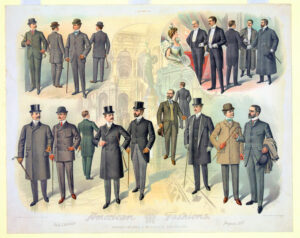Features
Agricultural Buildings in the Colonial Capitol and Beyond

My Top Six Barn Finds

Thomas Jennings: “Dry Scouring,” U.S. Patent No. 3306x
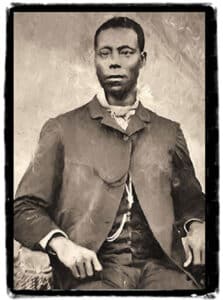
Behind the Seams: Enslaved Labor in the 18th century Boston Tailoring Trade
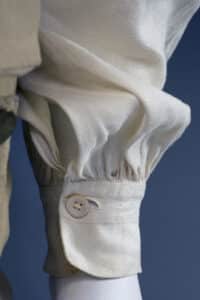
Around the House with Art Deco
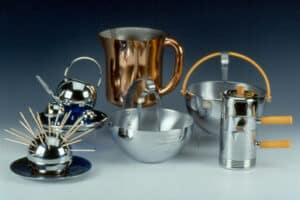
Art Deco Purses
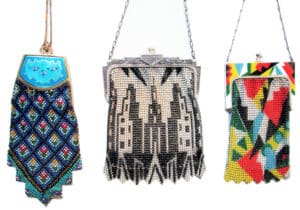
Czech Art Deco Vanity
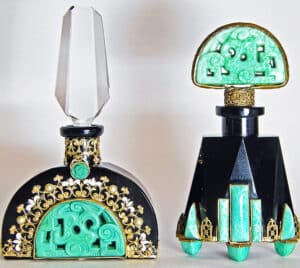
Gone to Sea: The Art Deco Ocean Liners

1925 Exposition: Art Deco on the World Stage

Nineteenth Century Walking Sticks
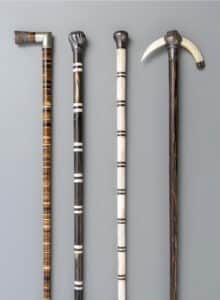
The Traditional Gentlemen’s Club and Its Etiquette
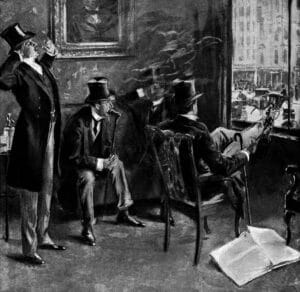
American Fashion and Tailoring as made by The John J. Mitchell Publishing Company
